Cyathea cooperi is a fast grrowing tree fern. It is native to New South Wales and Queensland, Australia.
This spectacular tree fern enjoys a sunny position for best results. Keep protected in winter, this tree fern will makes a fine addtion to any garden.
Not a hardy fern in almost every part of Ireland and Britain without some winter proctection. It will only tolerate temperatures of down to -1 or -2 celsius for short periods. It will need winter protection to survive or grow in a pot and take indoors over the winter period.
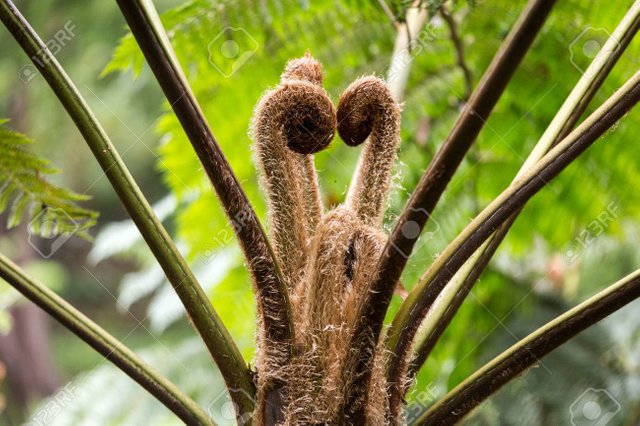
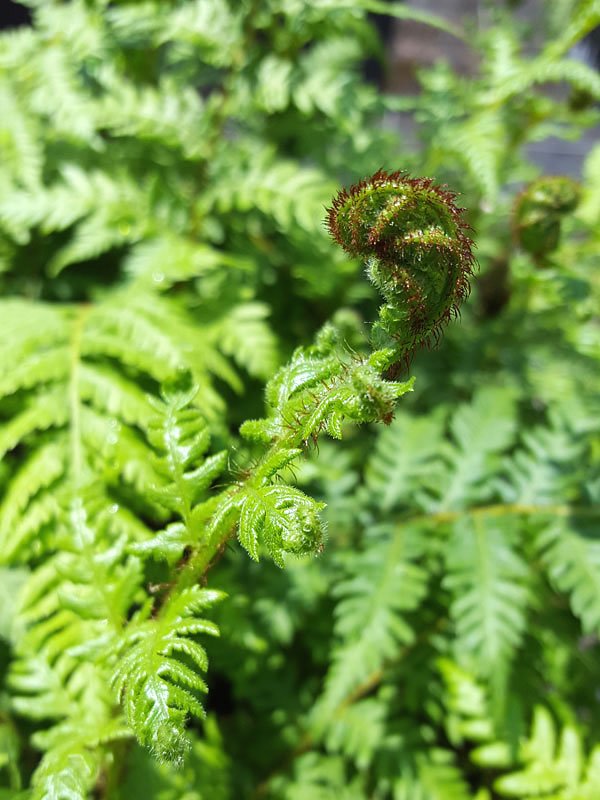
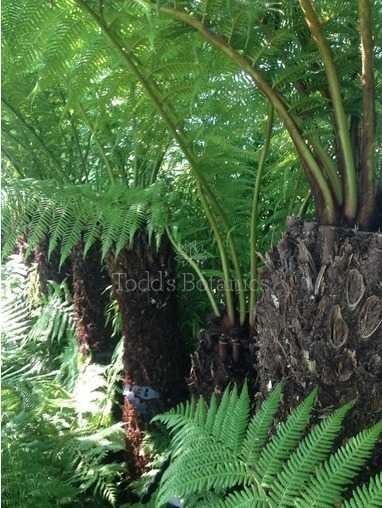
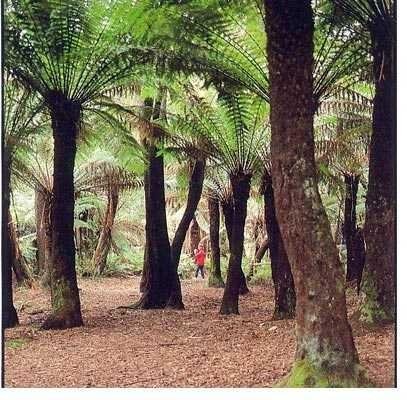
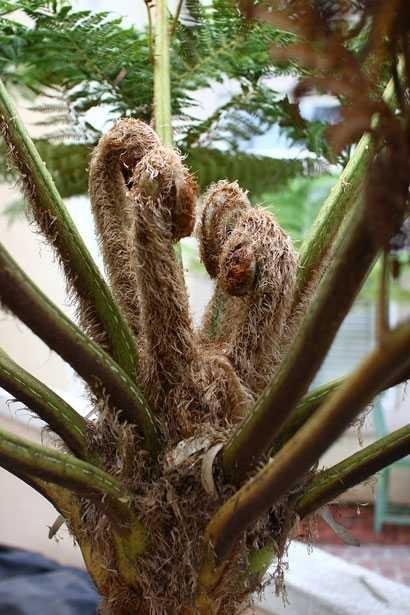
This is probably the second most common treefern in cultivation after Dicksonia antarctica. It is well-known over much of the world and not difficult to find in areas where it is well adapted. Its popularity is probably a result of its great ease of growth and tolerance of neglect. It hails from eastern Australia, but does not grow at nearly such high elevations as Cyathea australis and Dicksonia antarctica do. The first common name is the one Americans have given it, without regard to the fact that there is a great number of treefern species from Australia. "Lacy treefern" is the Australian name, which refers to the texture of the fronds compared to Cyathea australis ("Rough treefern"). Not surprisingly, some variation occurs within this species, and as a result several named forms such as 'Brentwood', 'Emerald Beauty' and 'Kalgoorie Gold' are in cultivation.
In cultivation this species is often confused with Cyathea australis. If in doubt, it's probably C. cooperi, because there are far fewer C. australis in cultivation. The two are easily distinguished: C. cooperi, in most cases, has white and brown scales on the stipes (see photo), while C. australis has only the brown ones (see photo). C. australis also has spines at the bases of the stipes, and C. cooperi has a much more fleshy stipe than C. australis. There are also differences in their reproductive structures. The most important difference to many fern entusiasts is that C. australis is far more cold-hardy.
Cyathea cooperi has a slender trunk usually about 3 - 6" thick, sometimes growing to 30' high, and puts on growth very quickly. The fronds typically will reach about 8' long on a mature specimen, but, as with most tree ferns, they will be significantly stunted if kept in a pot. It will grow well in dappled (but not deep) shade, but also does well in some sun, even in hot climates, as long as the moisture supply is adequate. It also does relatively well in exposed, windy situations. These features make it a splendid treefern for a wide variety of sites
Source:
Thanks for a wonderful as usual.